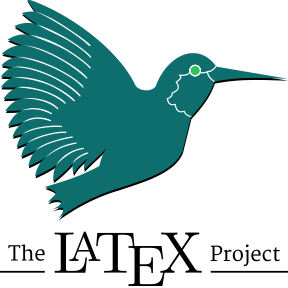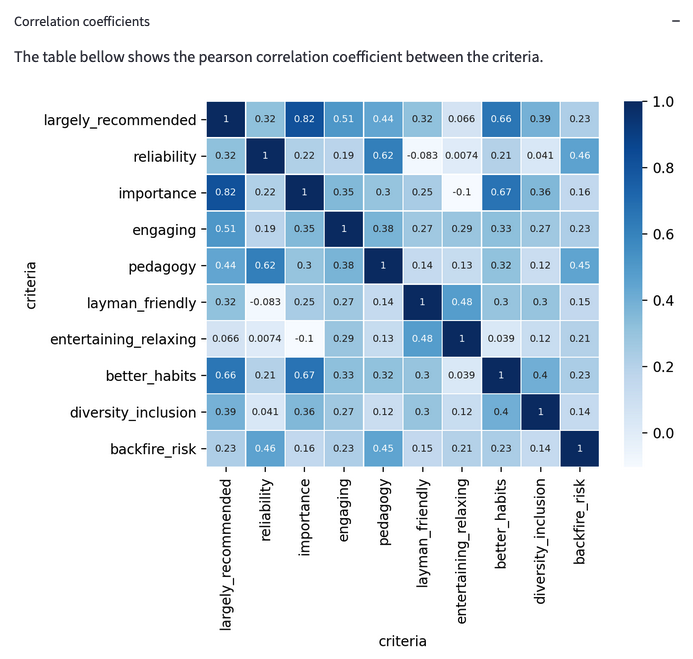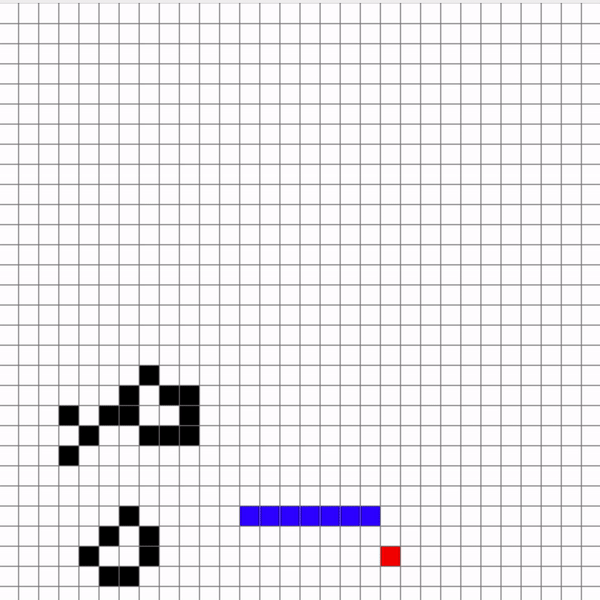Aidan Jungo
I studied mechanical engineering at HEPIA and EPFL with specializations in fluid dynamics and energy. Today, I work at CFS Engineering as a researcher in the field of aircraft design and CFD. I am used to working in a multidisciplinary environment as I have been involved in two large European MDO projects in the last years. I also have a strong interest in programming, machine learning, AI safety and science in general.

Work experience
2015-Now
Research scientist
AGILE 4.0 Towards cyber-physical collaborative aircraft development
- Creation of tool for aerodynamic analyses
- Use of CFD tool (Tornado, SU2) to create aerodynamic database
- Use of surrogate modeling methods to create aerodynamic database
- Maintenance of project website (WordPress) and cloud (NextCloud)
CEASIOMpy Python conceptual aircraft
design environment
- From the old Matlab version of CEASIOM, rewriting the code in Python
- Improving tool compatibility for extensive use of the CPACS format
- Automation of processes to ease aircraft design
- Students master project supervision
AGILE Aircraft 3rd Generation MDO for Innovative Collaboration of Heterogeneous Teams of Experts
- Creation of tool for aerodynamic analyses
- Use of CFD tool (Tornado, SU2) to create aerodynamic database
- Publication of papers related to MDO and aircraft design
01/2015 - 08/2015
Civil service
- Preparation of field experiment to measure windmill wake
- On-site installation and handling of LIDAR's and 3D Ultrasonic Anemometer
- Analyses of LIDAR's and 3D Ultrasonic Anemometer data
- Research for acquisition of new measurement materials
10/2014 - 12/2014
Civil service
At the Air, Noise and Non-Ionizing Radiation Service
- Establishment of a register of NMVOC (Non-Methane Volatile Organic Compounds) emissions from industries in the canton of Geneva
- Update and improvement of an Excel database coded in VBA
04/2008 - 06/2008
08/2009
08/2010
Internship and summer jobs
At the medium to low voltage transformer stations department
- Drawing of general plans and electrical equipment
- Surveys and measurements on construction sites
- Archiving
Education
2011-2014
Master of Science in Mechanical engineering
With a specialization in aerodynamics and energy
Master thesis: Development of the CEASIOM Aircraft Design Environment for Novel Aircraft Configurations
2008-2011
Bachelor of Science in Mechanical engineering
With a specialization in fluid dynamics and energy
Bachelor thesis: Experimental testing of bike wheel profile in hydrodynamic channel
Volunteer work
2021-Now
Secretary of the association
Tournesol aims to identify top videos of public utility by eliciting contributors' judgments on content quality.
Skills
Operating system

Linux

MacOS

Windows
Programming language and tools

Python

Bash

Streamlit

HTML

CSS

XML

LaTeX
Software

MS Office

Git

WordPress

SU2

Paraview
Project
Description: CEASIOMpy is a Python conceptual aircraft design environment
Link: Github repository
Technology used:






Description: Twitter bot developed to automatically share recommendations from top videos of tournesol.app
Link: Github repository
Technology used:


Description: Streamlit app to analyze data from tournesol.app
Link: Github repository
Technology used:



Description: Small game combining famous Snake and Conway's Game of Life (Github repository)
Link: Github repository
Technology used:

Publications
Journal/Conference: AIAA AVIATION 2022 Forum
Publication date: 2022
Abstract: The use of electrified on-board systems is increasingly more required to reduce aircraft complexity, polluting emissions, and its life cycle cost. However, the more and all-electric aircraft configurations are still uncommon in the civil aviation context and their certifiability has yet to be proven in some aircraft segments. The aim of the present paper is to define a multidisciplinary design problem which includes some disciplines pertaining to the certification domain. In particular, the study is focused on the preliminary design of a 19 passengers small regional turboprop aircraft. Different on-board systems architectures with increasing electrification levels are considered. These architectures imply the use of bleedless technologies including electrified ice protection and environmental control systems. The use of electric actuators for secondary surfaces and landing gear are also considered. The aircraft design, which includes aerodynamic, structural, systems and propulsion domains, is then assessed by some certification disciplines. In particular, minimum performance, external noise and safety assessments are included in the workflow giving some insights on the aircraft certifiability. The results show a reduction of 3% of MTOM and 3% of fuel mass depending on the systems architecture selected. From the certification side, the design has proven to be certifiable and the margins with the certification constraint can be controlled to improve the overall design.
Journal/Conference: arXiv preprint arXiv:2107.07334
Publication date: 2021
Abstract: Today's large-scale algorithms have become immensely influential, as they recommend and moderate the content that billions of humans are exposed to on a daily basis. They are the de-facto regulators of our societies' information diet, from shaping opinions on public health to organizing groups for social movements. This creates serious concerns, but also great opportunities to promote quality information. Addressing the concerns and seizing the opportunities is a challenging, enormous and fabulous endeavor, as intuitively appealing ideas often come with unwanted {\it side effects}, and as it requires us to think about what we deeply prefer. Understanding how today's large-scale algorithms are built is critical to determine what interventions will be most effective. Given that these algorithms rely heavily on {\it machine learning}, we make the following key observation: \emph{any algorithm trained on uncontrolled data must not be trusted}. Indeed, a malicious entity could take control over the data, poison it with dangerously manipulative fabricated inputs, and thereby make the trained algorithm extremely unsafe. We thus argue that the first step towards safe and ethical large-scale algorithms must be the collection of a large, secure and trustworthy dataset of reliable human judgments. To achieve this, we introduce \emph{Tournesol}, an open source platform available at \url{https://tournesol.app}. Tournesol aims to collect a large database of human judgments on what algorithms ought to widely recommend (and what they ought to stop widely recommending). We outline the structure of the Tournesol database, the key features of the Tournesol platform and the main hurdles that must be overcome to make it a successful project. Most importantly, we argue that, if successful, Tournesol may then serve as the essential foundation for any safe and ethical large-scale algorithm.
Journal/Conference: AIAA AVIATION 2021 FORUM
Publication date: 2021
Abstract: This paper presents a certification-driven design process for an Unmanned Medium-Altitude-Long-Endurance (UAV MALE) air vehicle, including on-board system design and placements, electro-magnetic compatibility analysis, and thermal risk assessments. In literature, the preliminary aircraft design phase is mainly driven by mission performances and structural integrity aspects. However, the inclusion of other disciplines, like on-board system design or electro-magnetic compatibility, or thermal analysis, can lead to more efficient and cost-effective solutions and becomes paramount for non-conventional configurations like unmanned vehicles or highly electrified platforms. In the EC-funded AGILE 4.0 project (2019-2022), the traditional scope of the preliminary aircraft design is extended by including domains that are usually considered only in later design phases, such as certification, production and maintenance. In this paper, the AGILE 4.0 design environment supports the definition and execution of a certification-driven design process of a UAV MALE configuration, using a Model-Based Systems Engineering (MBSE) approach.
Journal/Conference: Progress in Aerospace Sciences
Publication date: 2020
Abstract: In the modern aircraft design process numerical simulation is one of the key enablers. However, computational time increases exponentially with the level of fidelity of the simulation. In the EU Horizon2020 project AGILE different aircraft design analysis tools relative to different levels of fidelity are used. One of the challenges is to reduce the computational time - e.g. to facilitate an efficient optimization process - by processing the analysis data of various fidelity levels in a global surrogate model. This paper focuses on fusion of data sets via an automatic iterative process embedded in the collaborative multidisciplinary analysis (MDA) chains as applied in AGILE. Surrogate modeling techniques are applied, taking into account the optimal sampling and the corresponding fidelities of the samples. This paper will detail the different steps of the proposed collaborative approach. As a test case handling qualities analysis of the AGILE reference conventional aircraft is performed, by fusing the computed aerodynamic coefficients and derivatives. A full set of aerodynamic data computed either with different levels of fidelity or with only a low-fidelity tool has been derived and evaluated. The data set with multiple levels of fidelity significantly improved the accuracy of the flight performance analysis, especially for the transonic region in which the low fidelity aerodynamic method is not reliable. Moreover, the test case shows that by combining a collaborative surrogate modeling approach with fusion of the data sets, the fidelity of the analysis data can be significantly improved giving maximum relative prediction error less than 5% with minimal computing efforts.
Book: Flexible Engineering Toward Green Aircraft
Publication date: 2020
Abstract: Aircraft, and in particular military aircraft, are complex systems and the demand for high-performance flying platforms is constantly growing both for civil and military purposes. The development of aircraft is inherently multidisciplinary and the exploitation of the interaction between the disciplines driving the design opens the door for new (unconventional) aircraft designs, and consequently, for novel aircraft having increased performance. In modern aircraft development processes and procedures, it is crucial to enable the engineers accessing complex design spaces, especially in the conceptual design phase where key configuration decisions are made and frozen for later development phases. Pushing more MDO and numerical analysis capabilities into the early design phase will support the decision-making process through reliable physical information for very large design spaces which can hardly be grasped and explored by humans without the support of automated numerical analysis capabilities. Therefore, from the start of the aircraft development, process computer simulations play a major role in the prediction of the physical properties and behavior of the aircraft. Recent advances in computational performance and simulation capabilities provide sophisticated physics based models, which can deliver disciplinary analysis data in a time effective manner, even for unconventional configurations. However, a major challenge arises in aircraft design as the properties from different disciplines (aerodynamics, structures, stability and control, etc.) are in constant interaction with each other. This challenge is even greater when specialized competences are provided by several multidisciplinary teams distributed among different organizations. It is therefore important to connect not only the simulation models between organizations, but also the corresponding experts to combine all competences and accelerate the design process to find the best possible solution. A multi-disciplinary study of an unmanned aerial vehicle (UAV), presented in this article, was performed by eight different partners all over Europe to show the advances during the Horizon 2020 project Aircraft 3rd Generation MDO for Innovative Collaboration of Heterogeneous Teams of Experts (AGILE).
Contact
You can contact me via LinkedIn









